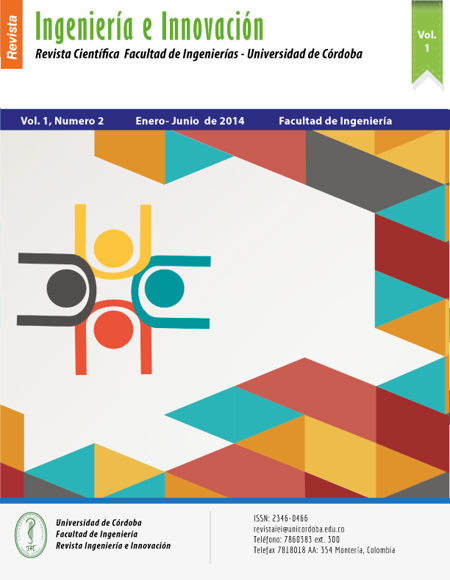ATENDERAH: A SERIOUS VIDEOGAME TO ENTERTAIN AND TEACH SKILLS IN ADULTS WITH ADHD
ATENDERAH: A SERIOUS VIDEOGAME TO ENTERTAIN AND TEACH SKILLS IN ADULTS WITH ADHD
Mostrar biografía de los autores
This paper describes a video game named aTenDerAH, which was created, designed and implemented for attending the needs of adults with Attention Deficit Hyperactivity Disorder (ADHD). The purpose of aTenDerAH is entertains while different cognitive and organizational areas are being taught. aTenDerAH is integrated into an e-learning platform as a recommended tool for students with ADHD which were previously diagnosed with a user modelling process. The videogame was developed using: Unity for the creation of the 3D game and also for the interactive content, Cinema 4D for the creation of the models and animations in 3D, and Photoshop for the creation of textures for the 3D models.
Visitas del artículo 510 | Visitas PDF
Descargas
- S. Afzal, and P. Robinson, “Modelling Affect in Learning Environments”, in Proc. 10th IEEE International Conference on Advanced Learning Technologies, 2010.
- S. Baldiris, R. Fabregat., “Inclusión de la realidad aumentada en el aprendizaje virtual adapatativo, personalizado y para todos”. In Revista Editorial Magisterio, 2011
- National Institute of Mental Health, http://www.nimh.nih.gov/health/publications/attention-deficit-hyperactivity-disorder/complete-index.shtml
- F. Mulas, M.C. Etchepareborda, L. Abad-Mas, A. Díaz-Lucero, S. Hernández, A. De la Osa, M.J. Pascuale, R. Ruiz-Andrés, “Neuropsychological disorders in teenagers with attention deficit hyperactivity disorder,” Revista de Neurología, 43 (Supl 1), S71-S81, 2006.
- J.A. Alvarez, E. Emory, “Executive function and the frontal lobes: A meta-analytic review,” Neuropsychology Review, 16(1), pp. 17-42, 2006.
- F.W. Reimherr, et al., “Emotional dysregulation in adults with ADHD and response to atomoxetine,” Biol Psychiatry 58, pp. 125-31, 2005.
- R.C. Kessler, et al., “The prevalence and correlates of adult ADHD in the United States: results from the National Comorbidity Survey Replication,” American Journal of Psychiatry, 163(4), pp. 716-723, 2006.
- M. Kroes, et al., “Child psychiatric diagnoses in a population of Dutch school-children aged 6 to 8 years,” Journal of the American Academy of Child and Adolescence Psychiatry, vol. 40, No.12, pp. 1401-1409, 2001.
- S. Faraone, et al., “Attention-deficit/hyperactivity disorder in adults: an overview,” Biological Psychiatry, vol. 48, pp. 9-20, 2000.
- S. Grabinger, “A Framework for supporting postsecondary learners with psychiatric disabilities in Online Environments,” Electronic Journal of e-Learning, Vol. 8, Issue 2, pp. 101-110, 2010.





